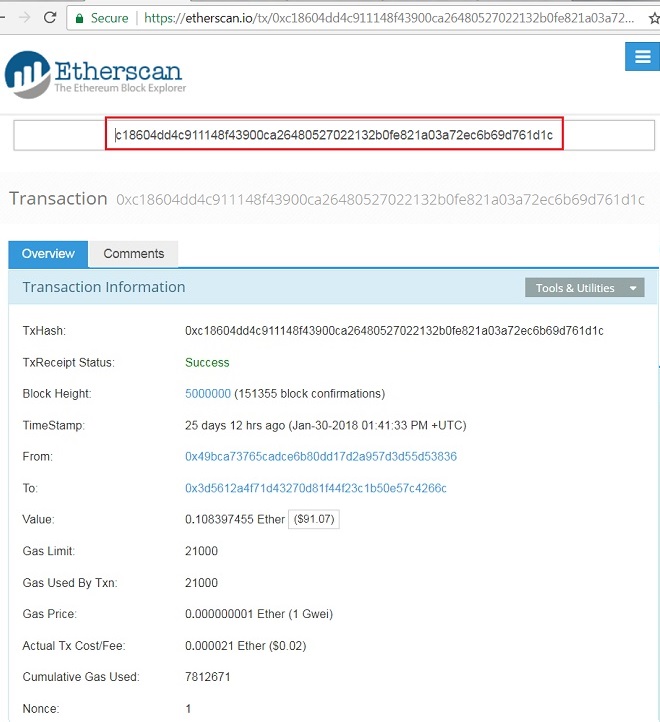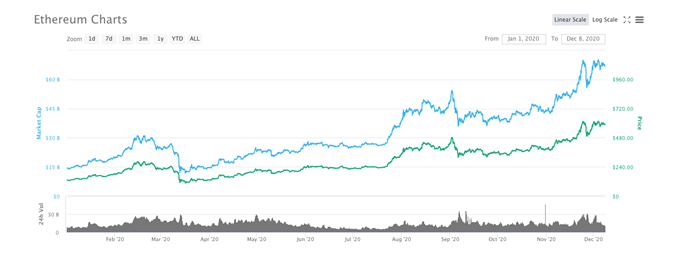

ETHEREUM TRANSACTION FEE CODE
data – can contain code or a message to the recipient.value – the amount of ETH to be sent from the sending address (denominated in Wei).If a smart contract account, the transaction will use contract code). to – the receiving address (if EOA, the transaction will transfer value.The set of instructions in a transaction object looks like this: The transaction format for Ethereum was originally one standard but has evolved over time to allow other transaction formats. Failed: A transaction that resulted in an error due to a revert error, bad instructions, illogical code, or not enough gas to run the remainder of a function call.įor an in-depth look into pending and queued transactions, visit our QuickNode guide here.This also consists of using the same nonce as the transaction you want to cancel and a higher gas fee. Used to replace current pending orders for faster execution or modification of values and data. Replaced by a transaction with a higher gas fee, same nonce value, and a null value for the data and/or value field. Queued: A transaction that cannot be mined yet due to another pending transaction in the queue first or an out of sequence nonce.If the transaction is taking longer than expected, it's possible that your gas fee is not high enough to meet execution at the current time. Pending: Transactions broadcasted to the network waiting to be mined.An example of this type of transaction would be deploying a storage smart contract to store data. Contract creation transaction: A contract creation derives from an EOA to create a smart contract account (generally to store code and storage).An example of a message call would be sending Ether from one account to another, or interacting with a smart contract (e.g, swapping tokens on Uniswap).


The public key is derived from the private key using a cryptographic algorithm. This account is identified by a public key (also known as an account address) and is controlled by a private key. Externally owned accounts (EOA) refer to accounts that humans manage, such as a personal Metamask or Coinbase wallet.There are two types of accounts, smart contract accounts and externally owned accounts (EOA): Before going over transactions, let us quickly recap where transactions derive from. The EIP-1559 transaction standard came from an improvement proposal to allow more predictable gas fees and a more efficient transaction market. However, Ethereum has evolved to allow other transaction standards such as EIP-1559. Viewing transaction data programmaticallyĪ transaction usually consists of the following parameters.This guide will cover the idea of transactions in the context of the Ethereum network. Transactions are a simple but powerful concept that has allowed users worldwide to interact on a decentralized network. These instructions can interpret to sending Ether from one Ethereum account to another or interacting with a smart contract deployed on the blockchain.

Transactions in Ethereum are cryptographically signed data messages that contain a set of instructions.


 0 kommentar(er)
0 kommentar(er)
